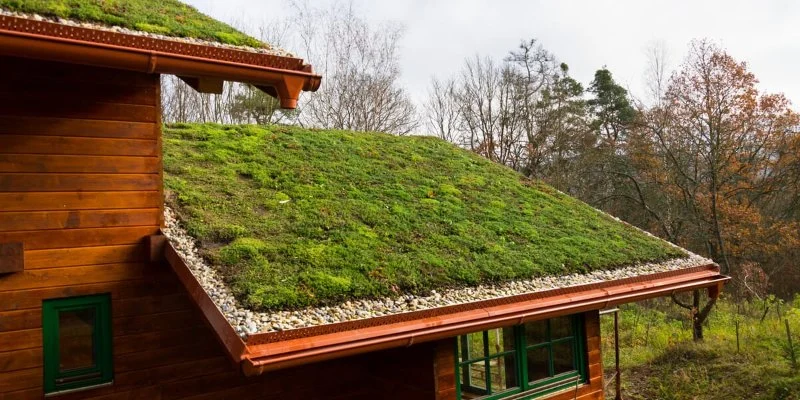
1. Introduction to Green Roof Systems
Green roofs are gaining popularity as part of the sustainable building movement. A green roof system is essentially a rooftop garden that provides numerous environmental benefits, including improved energy efficiency, stormwater management, and enhanced urban biodiversity. However, the success and longevity of a green roof system largely depend on the quality of the roofing materials used beneath it. Choosing the right roofing material is a critical decision for ensuring that the green roof remains functional and durable.
In this article, we'll explore the importance of selecting the proper roofing materials for green roofs and discuss the factors you should consider when making this choice. Whether you're designing a new building or retrofitting an existing structure, understanding these key elements will help you make the best decision for your green roof project.
vbnetCopy code2. Why Choosing the Right Roofing Material Matters
The roofing material beneath a green roof serves as the foundation that supports the entire system. It must be strong, durable, and able to withstand the added weight and moisture that come with supporting plants and vegetation. The material should also provide a reliable barrier to prevent leaks and water damage, which could compromise the integrity of the building and the green roof itself.
Additionally, the right roofing material will contribute to the energy efficiency of the building. It will help in maintaining indoor temperatures, reducing the need for heating and cooling, and minimizing the environmental impact of the building. As green roofs gain popularity, more roofing material options have been developed specifically for these systems, focusing on sustainability, energy efficiency, and weather resilience.
3. Different Types of Roofing Materials for Green Roofs
There are several roofing materials that are commonly used for green roof systems. Each type offers unique benefits, so it's essential to choose one that aligns with the goals of your green roof. Below are the most common types of roofing materials used in green roof systems:
1. EPDM (Ethylene Propylene Diene Monomer)
EPDM is a durable, weather-resistant rubber membrane commonly used in commercial green roof applications. It is highly flexible, waterproof, and resistant to UV radiation. EPDM is an excellent choice for providing a reliable, long-lasting barrier for green roofs, especially in areas with extreme weather conditions.
2. TPO (Thermoplastic Olefin)
TPO is another popular roofing material for green roofs. It is a single-ply membrane known for its energy-efficient properties. TPO roofs reflect sunlight, which helps reduce the building's cooling load, making them ideal for warm climates. Additionally, TPO is resistant to chemicals, UV radiation, and punctures, making it a sturdy choice for green roofs.
3. Modified Bitumen
Modified bitumen roofing is a hybrid material that combines asphalt with polymer modifiers. It is highly waterproof and durable, making it suitable for green roof applications where waterproofing is crucial. Modified bitumen is often used in both extensive and intensive green roof systems, providing a solid foundation for plant growth.
4. Metal Roofing
Metal roofing is a sustainable option due to its recyclability and long lifespan. It is particularly beneficial for sloped roofs, as it provides excellent drainage and prevents water accumulation. When combined with proper waterproofing layers, metal roofing can be an excellent choice for supporting a green roof.
4. Key Considerations for Choosing Roofing Materials
When selecting a roofing material for a building with a green roof system, several factors need to be considered to ensure the material is suitable for the system's needs. Here are some important considerations:
1. Durability and Longevity
The roofing material should be able to withstand the added weight of the green roof system, as well as the moisture and root penetration that come with plant growth. Materials like EPDM, TPO, and modified bitumen are known for their durability and ability to last for many years, even under harsh environmental conditions.
2. Waterproofing Capabilities
Waterproofing is one of the most critical functions of the roofing material in a green roof system. A reliable waterproofing layer prevents water from seeping into the building, which could lead to structural damage. Proper waterproofing also ensures that the plants' roots do not damage the underlying building materials.
3. Climate Considerations
The climate of your location plays a significant role in determining the best roofing material for your green roof. For instance, if you live in an area with high levels of rainfall, a material like EPDM or TPO that provides excellent waterproofing would be ideal. In hotter climates, you may want a material that helps with cooling and reflects sunlight to reduce energy consumption.
4. Environmental Impact
Choosing an eco-friendly roofing material is an essential aspect of the green roof system. Opt for materials that are recyclable, made from sustainable resources, and have low environmental impact. Materials such as metal roofing and certain synthetic membranes like TPO offer excellent sustainability features.
5. Real-Life Case Studies of Green Roofs
Several buildings around the world have successfully implemented green roofs with specific roofing materials. Here are a few examples:
1. The California Academy of Sciences
The California Academy of Sciences in San Francisco features a remarkable green roof made from lightweight, durable materials. The building uses a combination of vegetated roofs and energy-efficient roofing systems to create a sustainable, green environment. The success of this project shows how important it is to choose the right roofing material to support the growth of vegetation and ensure the roof's longevity.
2. The U.S. Embassy in Ottawa
The U.S. Embassy in Ottawa features a large green roof system supported by modified bitumen and other durable materials. The green roof serves as a demonstration of how the U.S. government is incorporating sustainable building practices into its infrastructure. The project highlights how material choice plays a role in green roof success.
6. The Future of Green Roofs and Sustainable Roofing
As green roof systems continue to grow in popularity, we can expect to see more innovation in roofing materials designed for sustainability. The future will likely bring new materials that are more energy-efficient, cost-effective, and environmentally friendly. Additionally, advancements in green roofing technology will allow for easier installation, longer lifespans, and better integration with urban environments.
For more information on green roof systems and roofing materials, visit BeachCo Roofing Hub for the latest products, services, and expert advice.
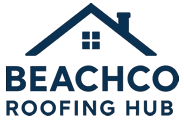
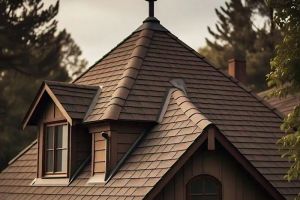
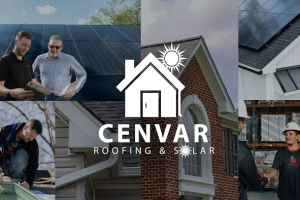
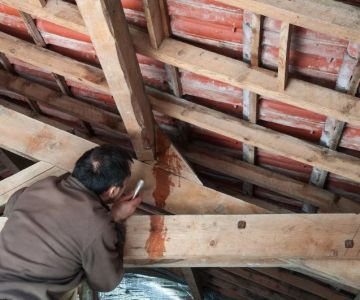

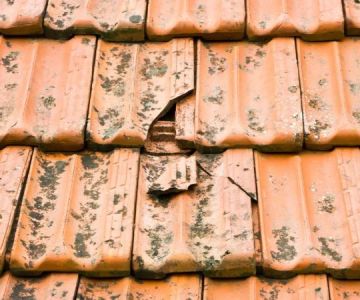
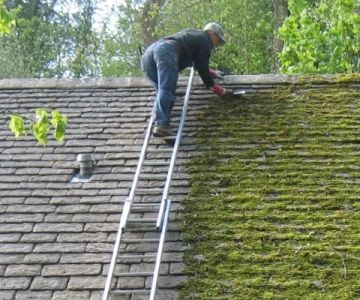
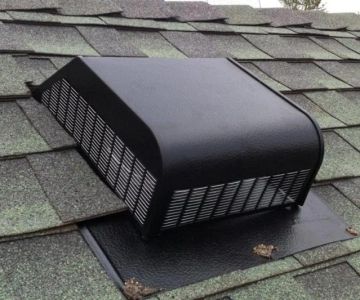
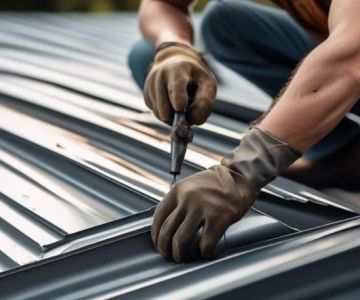
 Badger Roofing Inc3.0 (8 reviews)
Badger Roofing Inc3.0 (8 reviews)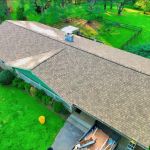 Rise High Roofing and Siding LLC5.0 (2 reviews)
Rise High Roofing and Siding LLC5.0 (2 reviews) Coldsmith Roof & Home Impvmnt5.0 (6 reviews)
Coldsmith Roof & Home Impvmnt5.0 (6 reviews) iRoof4.0 (85 reviews)
iRoof4.0 (85 reviews) National Roofers of Asbury Park0.0 (0 reviews)
National Roofers of Asbury Park0.0 (0 reviews) Pristine Home Exteriors0.0 (0 reviews)
Pristine Home Exteriors0.0 (0 reviews)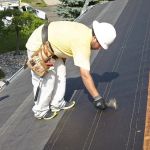 How to Choose a Roofing Contractor That Uses Synthetic Underlayment
How to Choose a Roofing Contractor That Uses Synthetic Underlayment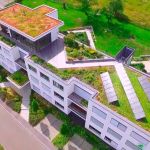 What is a Roofing Material Sustainability Certification? (e.g., LEED, Cool Roof)
What is a Roofing Material Sustainability Certification? (e.g., LEED, Cool Roof)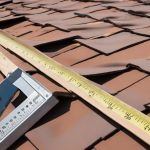 What is a Roofing Square? How to Convert Measurements for Your Project
What is a Roofing Square? How to Convert Measurements for Your Project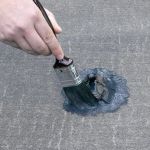 How to Repair a Roof Leak from a Rooftop Water Feature or Pond
How to Repair a Roof Leak from a Rooftop Water Feature or Pond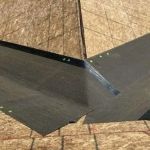 How to Install Roof Ice and Water Shield on a Roof with a Very Low Pitch
How to Install Roof Ice and Water Shield on a Roof with a Very Low Pitch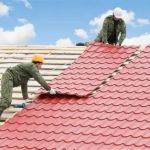 How to Choose a Roofing Material for a Building with a Unique Architectural Feature
How to Choose a Roofing Material for a Building with a Unique Architectural Feature